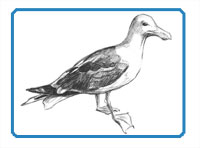
By Matt Fussell
When starting a drawing, so many people get caught up in the details. They may look at their subject, see all of the details, and have no idea where to start. They become overwhelmed easily and frustration is unfortunately just around the corner.

Perhaps, you can relate to this scenario. Our natural tendency is to think that "details" define the object or subject. We naturally assume that we need to start with those details if we are to draw the subject accurately.
While details are important, they are not where we need to start a drawing. Instead of starting with details, we need to start by simplifying the subject. One of the most important keys to successful drawing is the process of simplification. We must learn how to break an object or subject into simple shapes that are easy to draw. This not only leads to accurate proportion (and other factors), but it also makes the drawing more manageable. Complex subjects are easily drawn using this approach.
The following video illustrates simplifying a drawing...

Not only does simplification lead to better accuracy, but it also increases our speed. When we start with simple shapes, we can draw them quickly because the details are not "getting in the way". Details can be added with confidence after the "form" has been established. We no longer need to keep erasing mistakes, since most of them are made in the early stages of the drawing process. The drawing process becomes "streamlined".
Let's take a look at a simple example - a pencil sharpener. At first glance, the pencil sharpener may look intimidating to draw. But this is only true if you're just seeing the details (and letting them "get in the way").
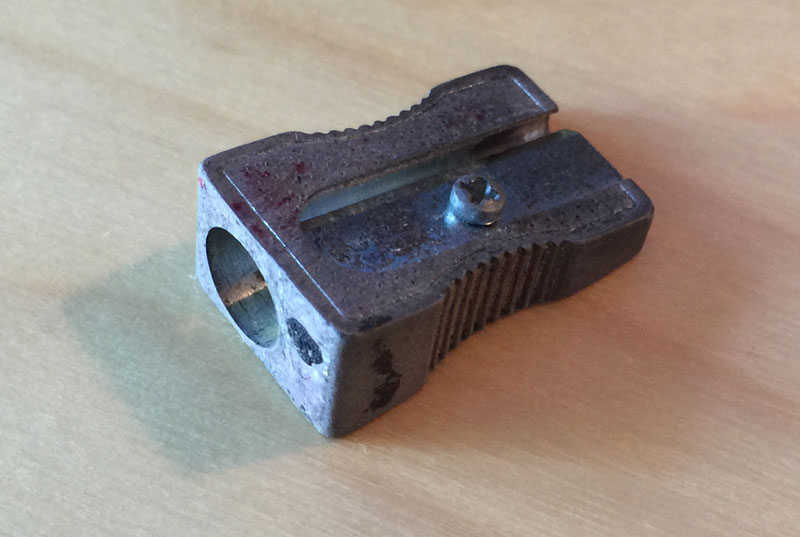
Instead of looking at the details and becoming overwhelmed by them, try looking for just the basic shape. We'll worry about the details later.
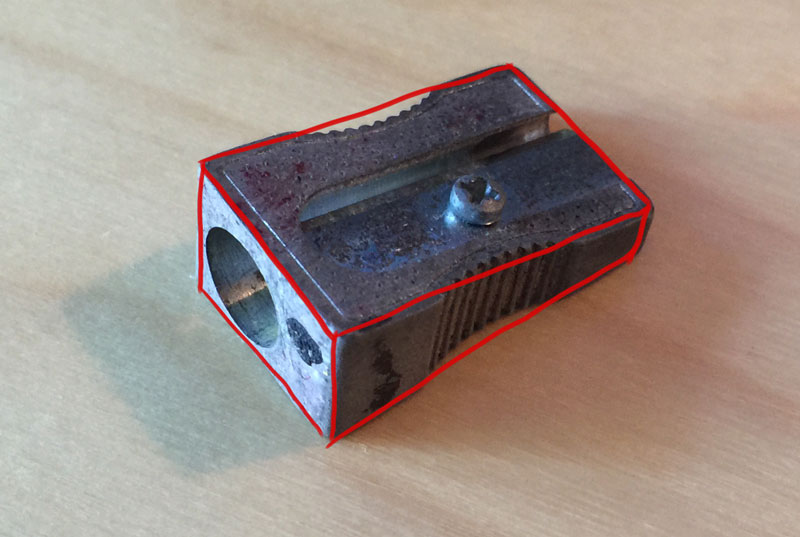
When we see the basic shapes, we can draw those first and then add the details in small chunks - making the drawing process much easier.
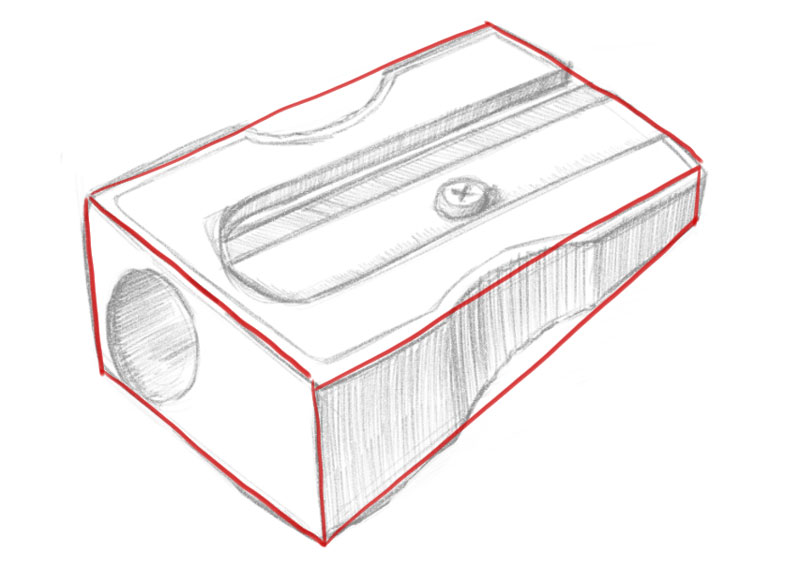
This approach to drawing works with any subject - no matter how complex. Even complex shapes can be broken down into simpler ones. Let's look at another subject that is a bit more complex than the pencil sharpener.

Here again, this subject may be overwhelming for some. But it doesn't have to be. This bird is made up of simple shapes. These shapes can easily be pieced together to form the more complex shape of the animal.
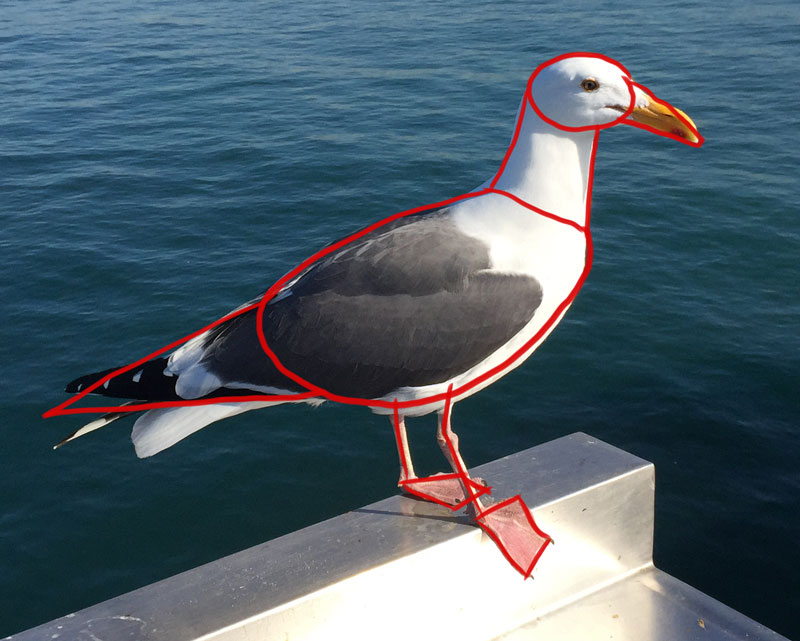
We start the drawing with the simple shapes that we observe before addressing the details. We can make adjustments easily, if they are necessary, in the early stages - before spending our attention on the details.

Drawing with shapes is fundamental to drawing in general. Simplifying subjects into manageable pieces makes your drawings more accurate, increases your speed, and makes it easier to be successful.
Here are some more art lessons that you may like...